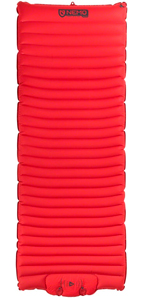A Short Guide to Sleeping Pad R- Values and the Best Tips on Using Them

We are here to help you with learn about sleeping pad R-values, what they are, what they mean and how big of a role they play when buying a pad for yourself.
For your next camping trip, you’ll need a sleeping pad that will provide cushioning and insulation from the wet and cold ground. A camping mat plays a tremendous role in your sleeping and tent set up, so give it the attention it deserves.

What are Sleeping Pad R- Values?
If you have ever shopped for a sleeping pad you would have noticed that the sleeping pad R-values vary from pad to pad and from manufacturer to manufacturer. Though there are many specifications and features that you can find in sleeping pads, the R-value is going to determine its thermal resistance and the insulation.
The thermal resistance plays a major role in a sleeping pad as it means how well it resists against the ground. As you lose your body heat to the ground, you will need more resistance to colder conditions and less resistance for warmer ones.
The R-values simply state how well a sleeping pad resists this heat flow. The score is between 1.0, which is minimal insulation for warmer weather, up to 7.0, or even higher for those conditions that are cold.
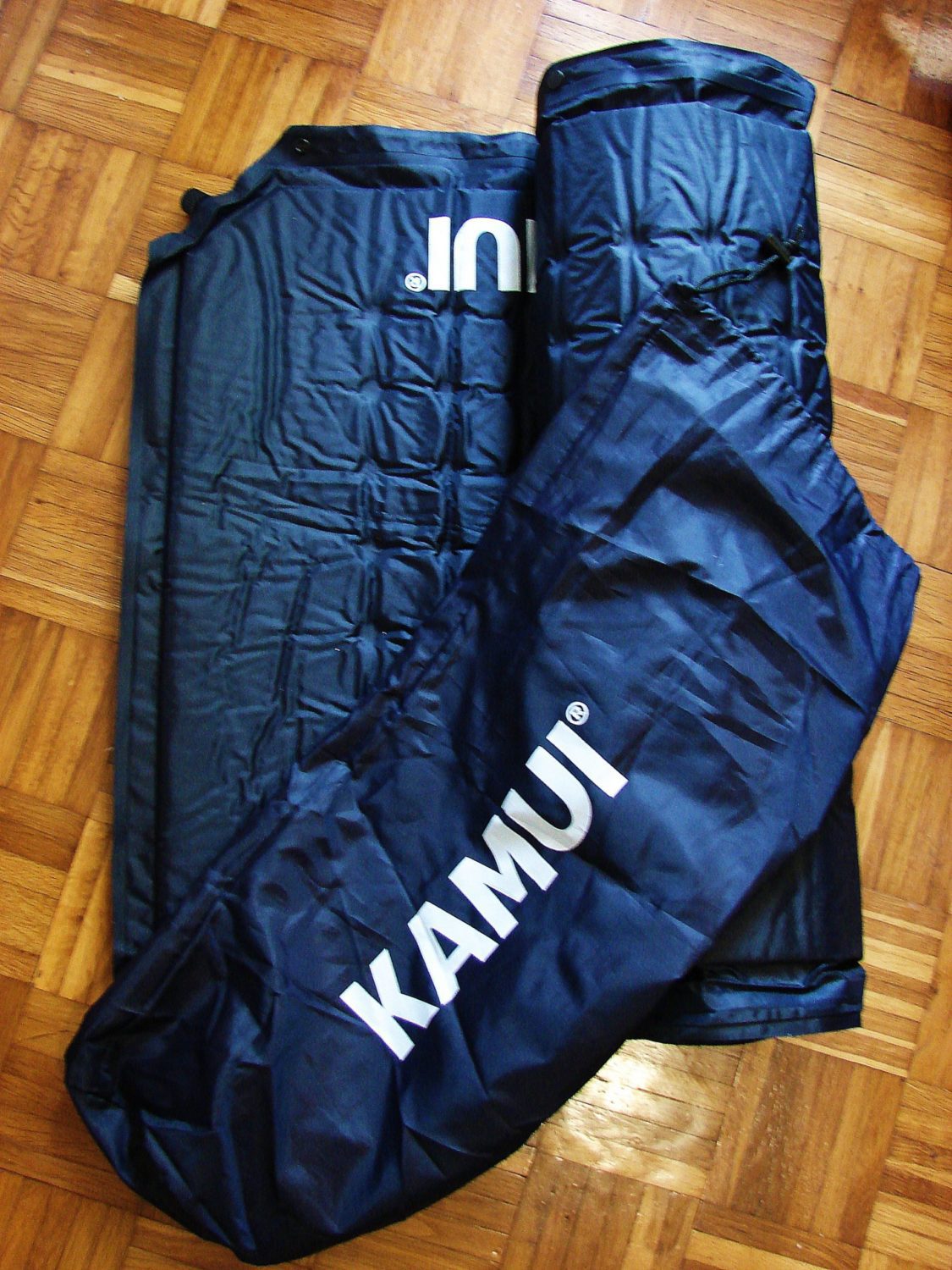
R-Value Testing
Besides, the problem while shopping for a sleeping pad maybe because of companies that do the testing of sleeping pads’ R-value themselves. Before 2020 there was no standardized testing. Consequently, even R-values of sleeping pads differ depending on what company it is.
As a result of different testing methods, the R-value of the same sleeping pad may vary depending on the producer.
However, to resolve the issue, ATSM International in 2020 made R-value testing and a scale standardized for everyone(ASTM F3340 – 18). Now the companies that provide sleeping pads have to meet the standard requirements of testing their products according to the standards. As a result, you can be more confident about choosing the correct sleeping pad.
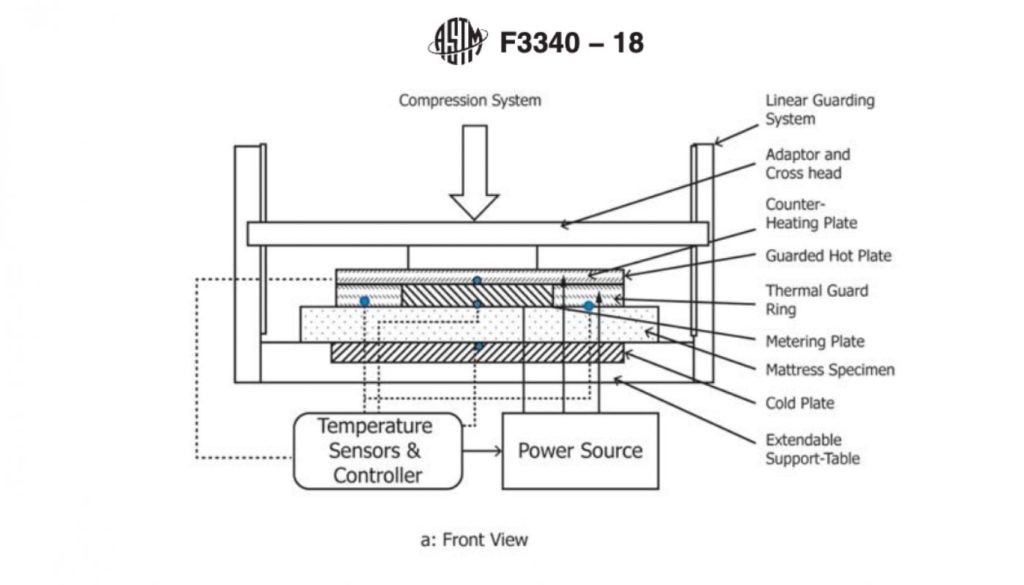
The testing process of the R-value of the sleeping pad usually happens with the help of special equipment. To test the correct R-value, you need to place the sleeping pad into the equipment and place it between two metal plates. The temperature happens to be low enough so that one side of the plate, equipped with a sensor, can detect how does sleeping pad perform. In other words, the sensor can detect; how good is the insulation of the sleeping pad by analyzing how much heat goes through it. If the sensor detects low heat flow, then that means that insulation is high, and thus, the R-value of the sleeping pad would be high as well.
What if my Sleeping Pad R- Values are not shown?
In the absence of an R rating on your sleeping pad, you can usually find a general recommendation about the temperature it is suitable. Otherwise, you will want to shop for a thicker sleeping pad if you are camping in cold weather and a lighter one that is better suited to hotter weather.
For example, in the first picture below, you can see a sleeping pad, which is a 1 to 3 R-value rated sleeping pad. Thus, it is thin and has low insulation property:

Whereas in the next picture you can see the sleeping pad with R-value of 5 or above as it has insulation and is thick enough for cold ground:

Which Sleeping Pad R-Values Do You Need?
Shopping for a sleeping pad and even more specifically looking at sleeping pad R-values, can take a bit of effort as you will need to determine a few things about your camping style first. Some campers might like to invest in more than one sleeping pad so that they are always prepared for the weather and conditions for any type of trip. Here are some things to consider when choosing the right R-value sleeping pad:

Intended Use

Sleeping pads come in different styles to suit their use. Some popular uses for sleeping pads include sports like hiking, camping, snow camping, car camping, and backpacking, all with their own unique needs and features.
For instance. hiking and camping in the mountain area or the forest may require different types of sleeping pads. You will need light weight sleeping pad for mountain hiking or camping, especially while backpacking . However, if you use any kind of vehicle for camping that means you will have space you can easily use heavier and more comfortable sleeping pad.
Although you can choose one ultimate sleeping pad for all of your outdoor experiences, the sleeping pad suitable for forest ground may cause difficulties staying in the rocky/mountain area. Besides, staying in a portable vehicle or using only your backpack to carry the sleeping pad may put you in position to choose between lightweight or more comfortable and bulky stay. That is why it is important to choose your sleeping pad properly.
Weather
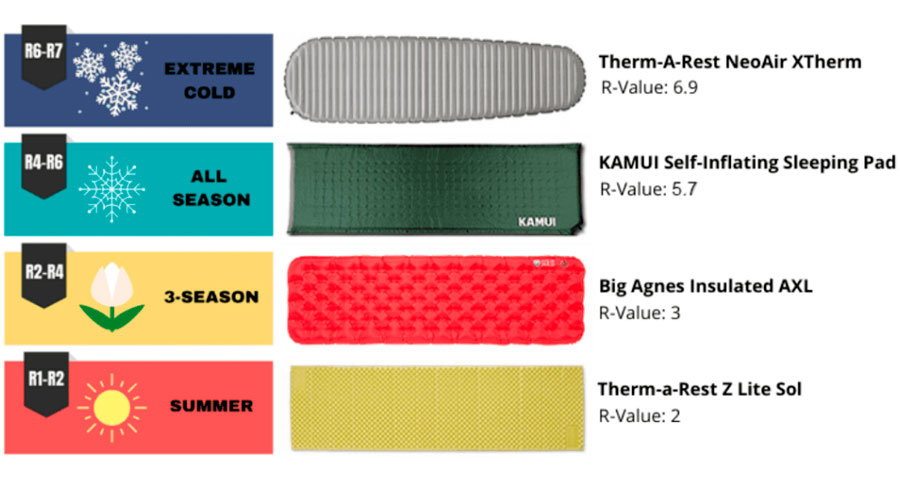
Knowing what temperature and weather conditions to expect on a camping trip will lead you towards the correct R-value. For colder climates, it is better to go with a higher R-value, and warmer weather will require minimal insulation, and so a lower R-value is ideal. Keep in mind, unlike a sleeping bag, having a sleeping pad with extra insulation will not cause you to overheat.
The weather always differs depending on factors like the location of outdoor activity or the season. While planning your trip and choosing a sleeping pad you always have to consider what season it is and where you are planning to have your trip.
Besides, while choosing your sleeping pad you also have to consider the fact that the air temperature is usually warmer than the ground temperature. Thus, the air temperature of the area may seem warm to you, but the ground will be cold. Thus, you may have a risk of losing your body temperature.
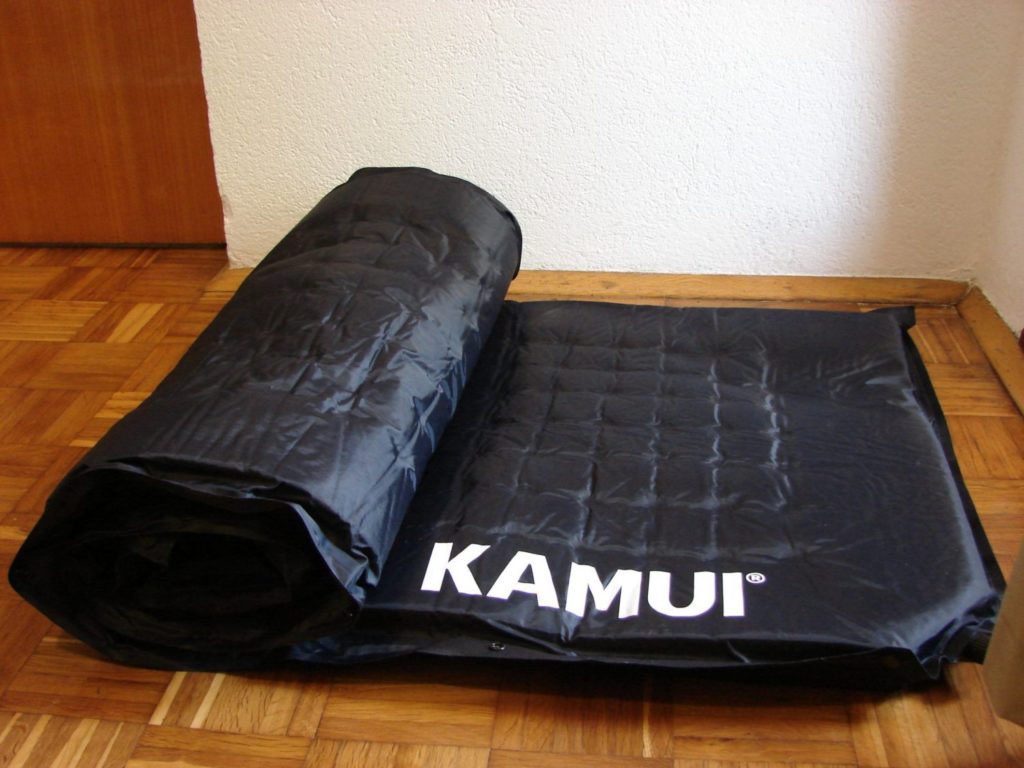
Features
There are plenty of additional features one might look for in a sleeping pad that can add value, warmth, or comfort to them. Depending on what you find most important, you might choose one that offers a lightweight feel, extra insulation, or larger size to suit.
The market nowadays has a lot to offer when it comes to outdoor equipment, especially, when it comes to sleeping pads. For example, sleeping pad features may include an attached pillow, various materials that are more suitable for insulation and/or for sensitive skin, eco-friendly sleeping pads that have materials less harmful to nature. Moreover, some sleeping pads allow you to attach them all together, which can be comfortable for families or couples.
Type
There are three main types of sleeping pads, which are air sleeping pads, self-inflating sleeping pads, and closed-cell foam pads. The R-value of sleeping pads usually depends on the type of pads and thickness.

Closed-cell Foam Sleeping Pad
R-Value: 2
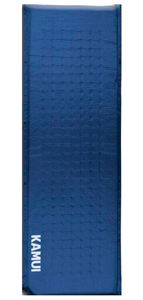
Self-Inflating
Sleeping Pad
R-Value: 5.7
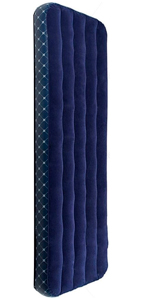
Air
Mattress
R-Value: 5+
A quality sleeping pad can add so much value to your camping experience and give you a rest that is just as good as your bed at home. Take some time to figure out your camping style so you can choose one sleeping pad that will last you for years to come.
Sleeping Pad R- Values: A Must-Know

A successful camping trip is all about having the right gear to travel with and knowing how to pack for your surroundings. No matter what you get up to when camping, knowing that you will have a comfortable and warm sleep each night means you will be ready to enjoy your time the next day.
Sleeping pads a worthwhile addition to your camping gear and just as important as the sleeping bag itself. However, just like shopping for your sleeping bag, you need to put in a lot of thought and consideration to find the right R-value as well as other features that will make your rest more comfortable.
Insulation and comfort are important for rest, especially when you are in the great outdoors with minimal shelter. Spend some time finding the highest sleeping pad R-values and best pads to suit your needs, and you will never regret the purchase once you see how much good it can do.
Resources:

